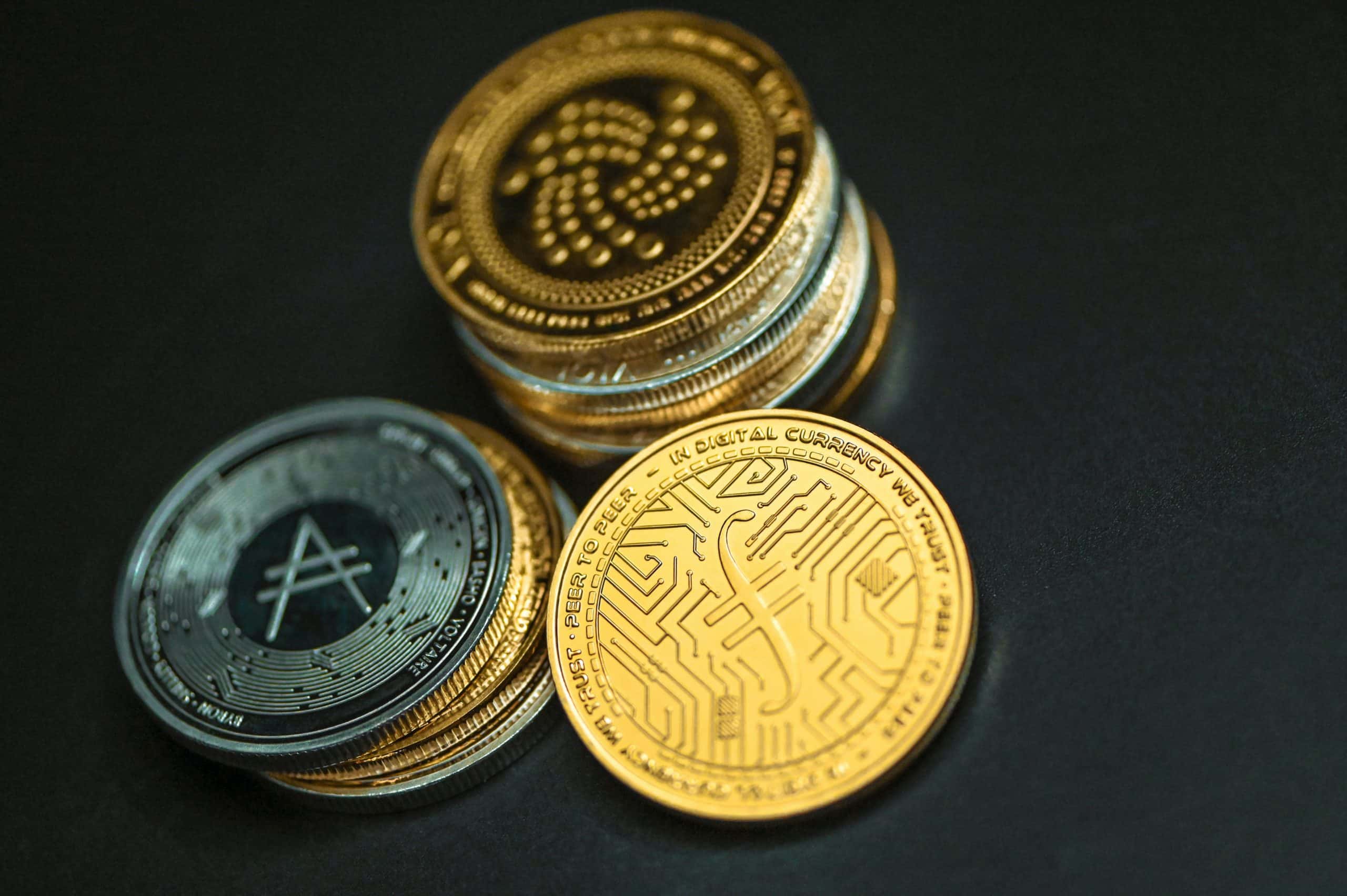Imagine that you identified a fantastic business opportunity. Unfortunately, you need money to get started, and you have none. So what do you do?
For centuries, the answer has largely been to raise funds using debt or equity. Around 2014, the Web3 world came up with a third solution: issuing tokens. Through “initial coin offerings,” countless crypto companies and projects began to raise funds by minting and selling blockchain-based tokens to investors, often before a product had even been launched.
Soon exchanges joined the fray, hoping to raise capital or to differentiate themselves beyond ‘table-stakes’ (i.e. entry requirement) features such as fees and security. The trend began with Binance, the world’s largest, which released its flagship “Binance Coin” in 2017. A host of others soon followed: centralized exchanges KuCoin, BitFinex, Crypto.com, OKX and Huobi Global, as well as decentralized exchanges like Uniswap or Sushiswap. Like other cryptocurrencies, the tokens would be held as speculative assets or traded on secondary markets. It was a new way for exchanges to grow—but it was also, as we will see, fraught with danger.
Tokenomics
Although an exchange token may look and smell like a bond or common stock, it is a wholly different creature. An exchange token doesn’t provide a legal guarantee of repayment, or ownership in a company. Instead it derives its value from benefits such as discounts on trading fees, priority access to token sales, and influence on decision making (“governance”). Some exchange tokens are used as a kind of native currency on blockchains associated with an exchange, rather like Ether is for Ethereum or Bitcoin is for the Bitcoin network. (For more detail, Messari helpfully compiled this list of prominent tokens and their key benefits.)
But the “value” is often maintained artificially through “buybacks” and “burns,” in which tokens are either destroyed or sold back to the issuer. Binance promised to use 20% of its profits to do this, and many drew a parallel to dividend-bearing stocks or traditional corporate buybacks. But burns and buybacks of crypto tokens are arbitrary, one-off events and don’t represent a claim on future cash flows—they really just artificially increase scarcity, concentrate the token supply, and—theoretically—maintain a high price.
These limitations were exposed as early as 2019 when Binance updated its whitepaper, replacing its promise of using “20% of profits to buyback and destroy BNB” with simply “destroy BNB based on trading value.”
Dangers
Exchange tokens exist outside the regulatory framework, and provide no legal rights to their holders. Nor do any of the promises made in their associated whitepapers have to be fulfilled. Buying an exchange token is an act of faith in the issuer’s management.
Still, in an ideal world, the exchange token’s value may fairly reflect an exchange’s underlying business. As trading volume rises, discounts become more valuable, the exchange has more money to burn tokens, and the overall ecosystem strength also improves. All of this increases the token’s value.
It turns out this isn’t always the case. The defunct crypto exchange FTX was recently revealed to be the largest holder and trader of its exchange token, FTT, suggesting its value was almost entirely propped up by manipulation. It also used FTT as collateral for a number of multibillion-dollar loans effectively stolen from customer deposits. When FTT plummeted following a panicked sell-off, the deposits were irretrievable, and millions of customers lost access to their hard-won savings. Imagine discovering your Wells Fargo deposits were backed by, say, Pokemon cards the teller had personally deemed valuable.
This is also the reason regulators look warily at exchange tokens. Given that their value is implicitly tied with that of the issuer, there is a strong possibility they are securities—and that any issuance of them to unaccredited investors is securities fraud.
Conclusion
Exchange tokens have proved a useful way for exchanges to raise capital and keep users hooked on their platforms. But their extreme volatility, lack of regulatory oversight, and concentration in the hands of a few principals raise more questions than answers.




